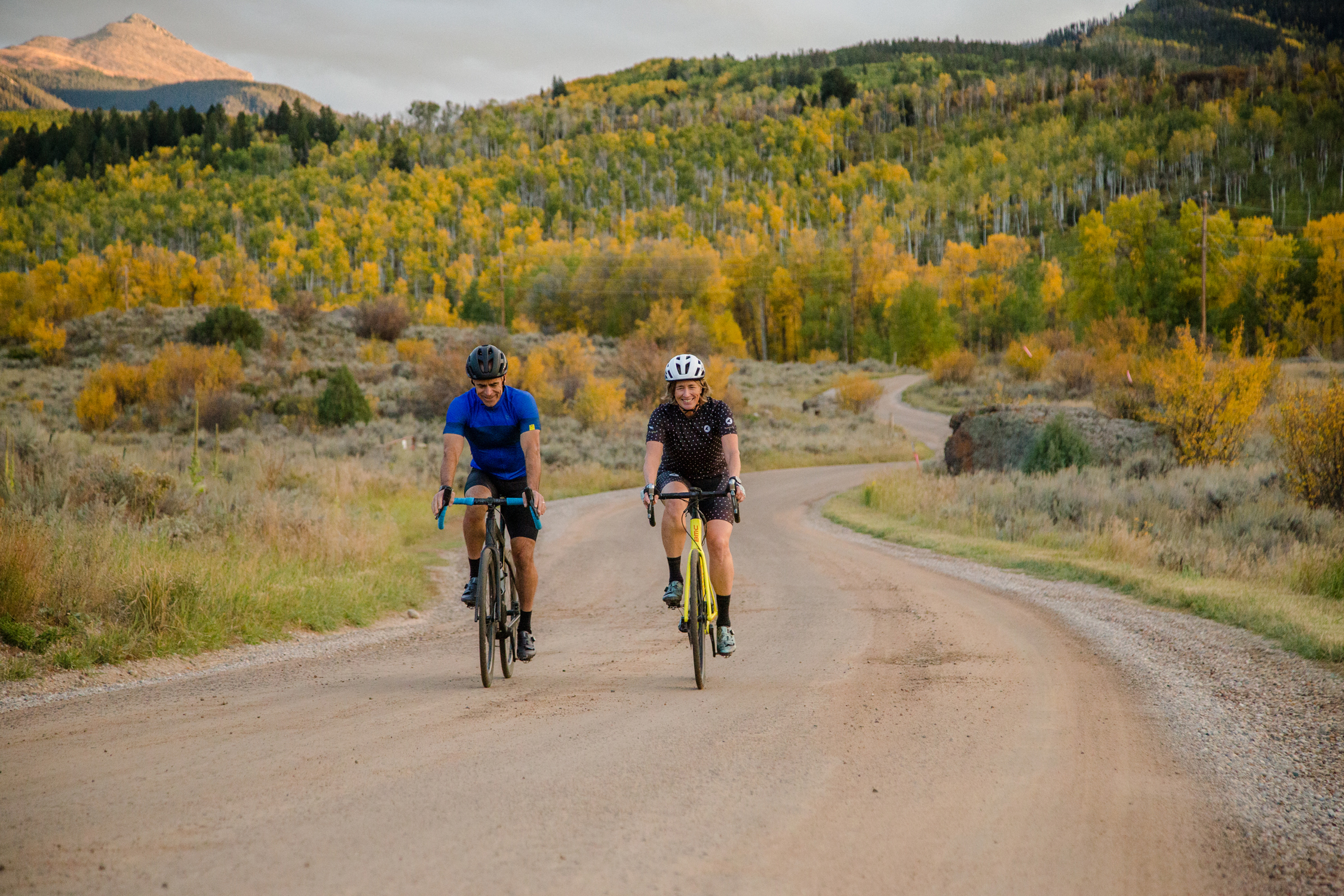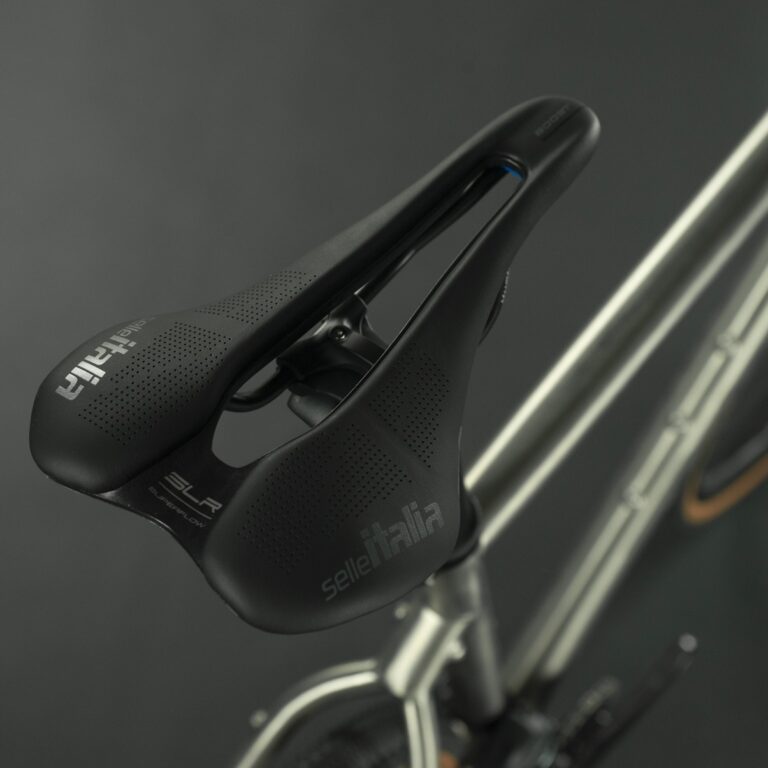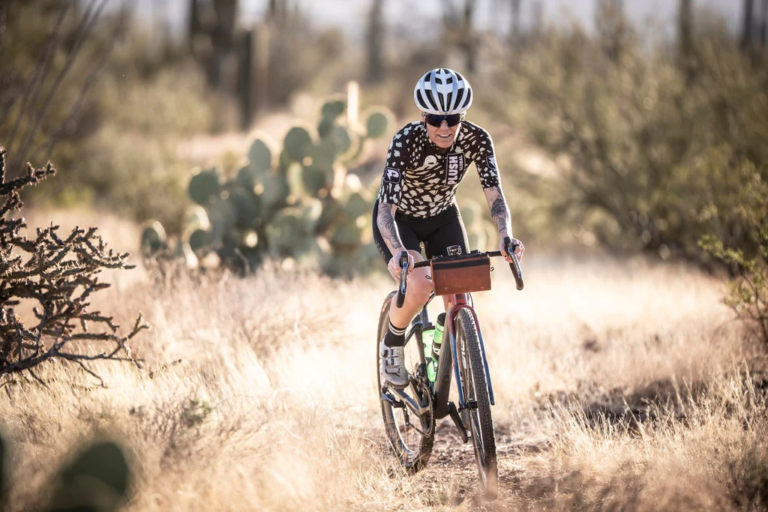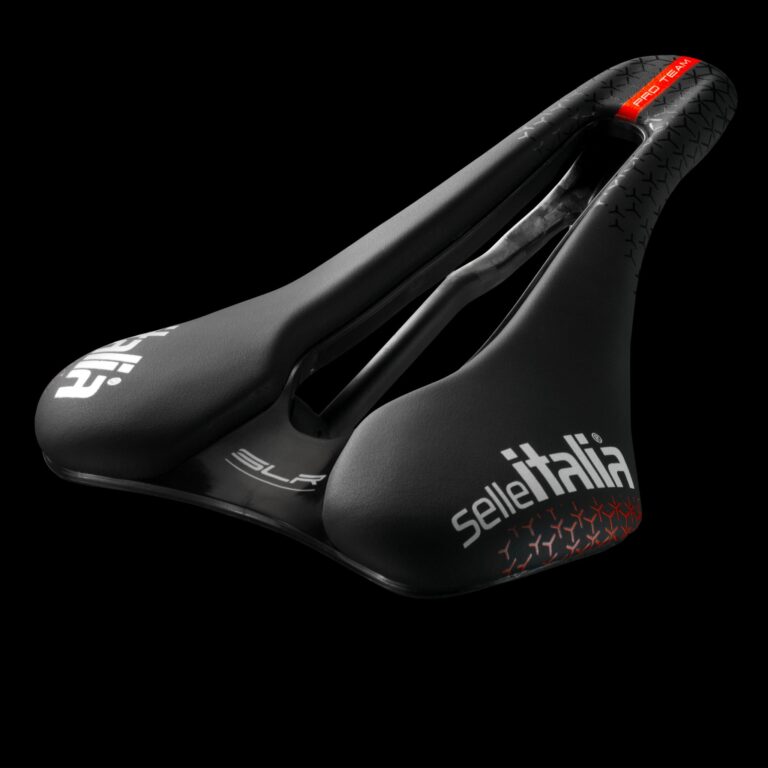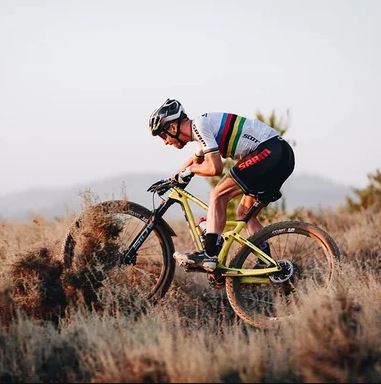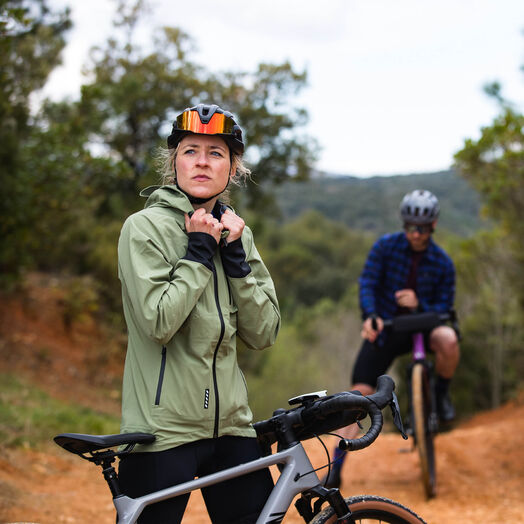Mastering The Road 101: Road Bike Saddle Selection Process
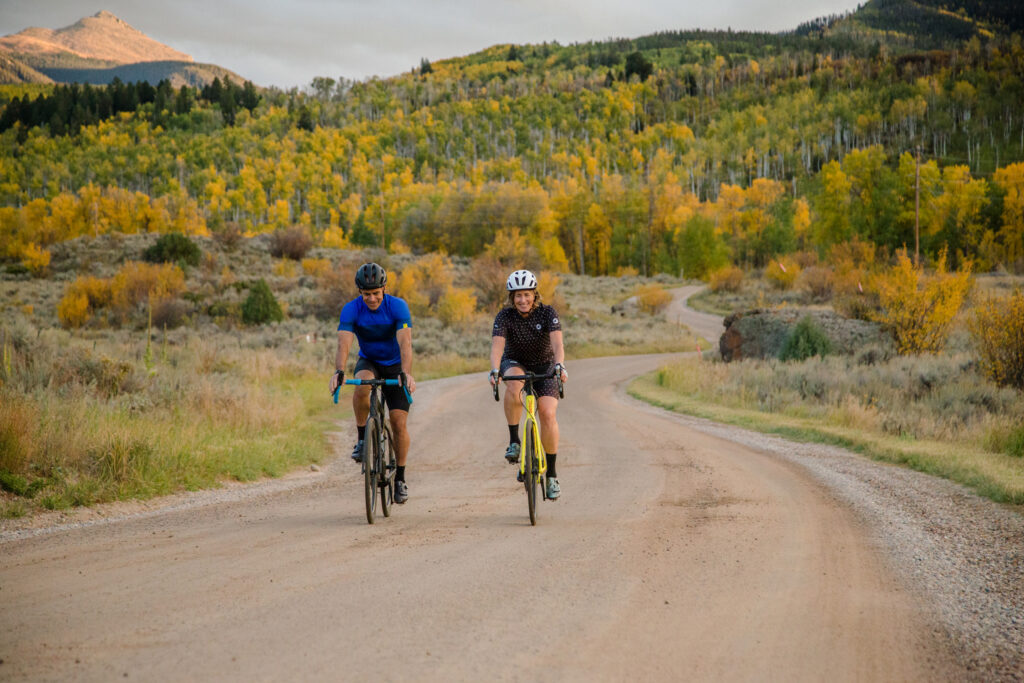
Key Point Summary of Road Bike Saddle Selection Process:
- Understanding personal riding style and comfort needs is crucial.
- The importance of saddle width, shape, and padding based on individual anatomy.
- Trial and experimentation with different saddles are key to finding the perfect match.
- The role of professional bike fitting in making an informed decision.
Selecting the perfect road bike saddle is a journey marked by personal discovery and trial, much like my varied experiences across racing and riding in different cycling disciplines. Here’s a guide to navigating this process, shaped by years on the saddle from mountain to cyclocross terrains.
Embarking on the Quest
Embarking on road cycling, I quickly realized that the saddle is not just a bike part; it’s where the essence of comfort and performance lies. Initially, I made the rookie mistake of prioritizing aesthetics over functionality, leading to discomfort and reduced enjoyment. This experience taught me the value of focusing on saddle features that match personal anatomy and riding preferences.
Saddle width and shape became my focal points. I learned that these should complement one’s sit bone width and riding posture to prevent discomfort. My transition from road racing to gravel riding necessitated a shift towards saddles that offered more support and cushioning, adapting to the demands of different terrains.
Trial and experimentation have been central to my saddle selection process. Participating in demo programs and not shying away from changing saddles mid-season if discomfort arose. These trials were often enlightening, revealing how subtle changes in saddle characteristics could significantly affect comfort and performance.
A professional bike fit was a turning point, providing insights into the ideal saddle height, tilt, and position for my body. This process underscored the importance of professional guidance in achieving a harmonious relationship between rider and bike.
Throughout my cycling journey, from the exhilaration of road racing to the ruggedness of cyclocross, the quest for the perfect saddle has been a constant companion. This search is not just about the saddle itself but about understanding and responding to the evolving needs of my body as it engages with the bike across diverse disciplines.
Road Bike Saddle Selection Process: The Journey’s End
In my journey to find the perfect saddle, I came across the Specialized Bridge Comp. This saddle has been a revelation, combining comfort and technology in a way that’s reshaped my riding experience. Its ability to distribute pressure effectively means I can enjoy longer rides without the usual discomfort. It’s not merely a saddle; it’s a pivotal change in how I connect with my bike, blending innovative design with a fit that feels tailor-made.
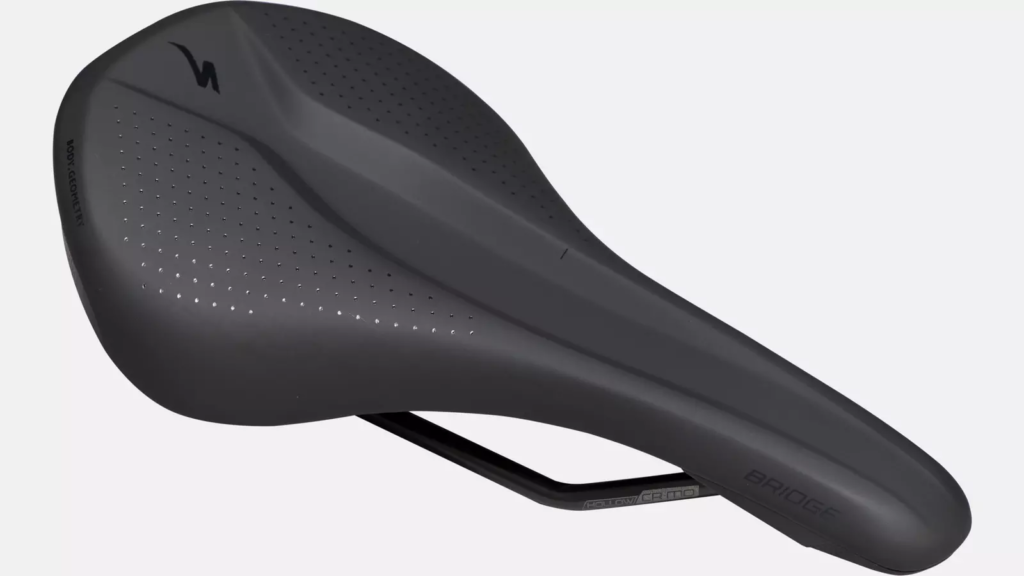
In conclusion, selecting a road bike saddle is a deeply personal and critical aspect of cycling, demanding attention to detail, willingness to experiment, and openness to professional advice. Whether you’re a beginner or have mid-level experience, embracing this selection process can enhance your riding experience, leading to greater comfort, improved performance, and, ultimately, a deeper love for the sport.
FAQ
How do I choose a good road bike saddle?
To choose a good road bike saddle, focus on your riding style, comfort preferences, and the type of cycling you do most often.
How do I know what size road bike saddle I need?
Measure your sit bones to find the right saddle width, which is crucial for comfort and support on long rides.
How do I know what saddle to buy?
Decide what saddle to buy by considering factors like the type of cycling you’ll be doing, your budget, and any specific comfort needs or preferences you have.
How do you know what shape saddle to get?
The shape of the saddle should be based on your riding position and pelvic rotation. A more rounded shape suits upright positions, while flatter saddles are better for aggressive, forward-leaning positions.
Ride on
John
